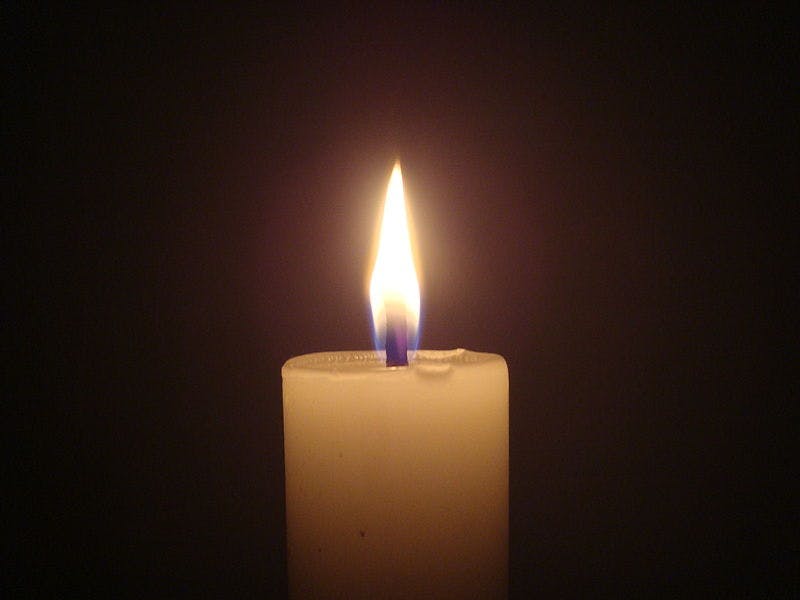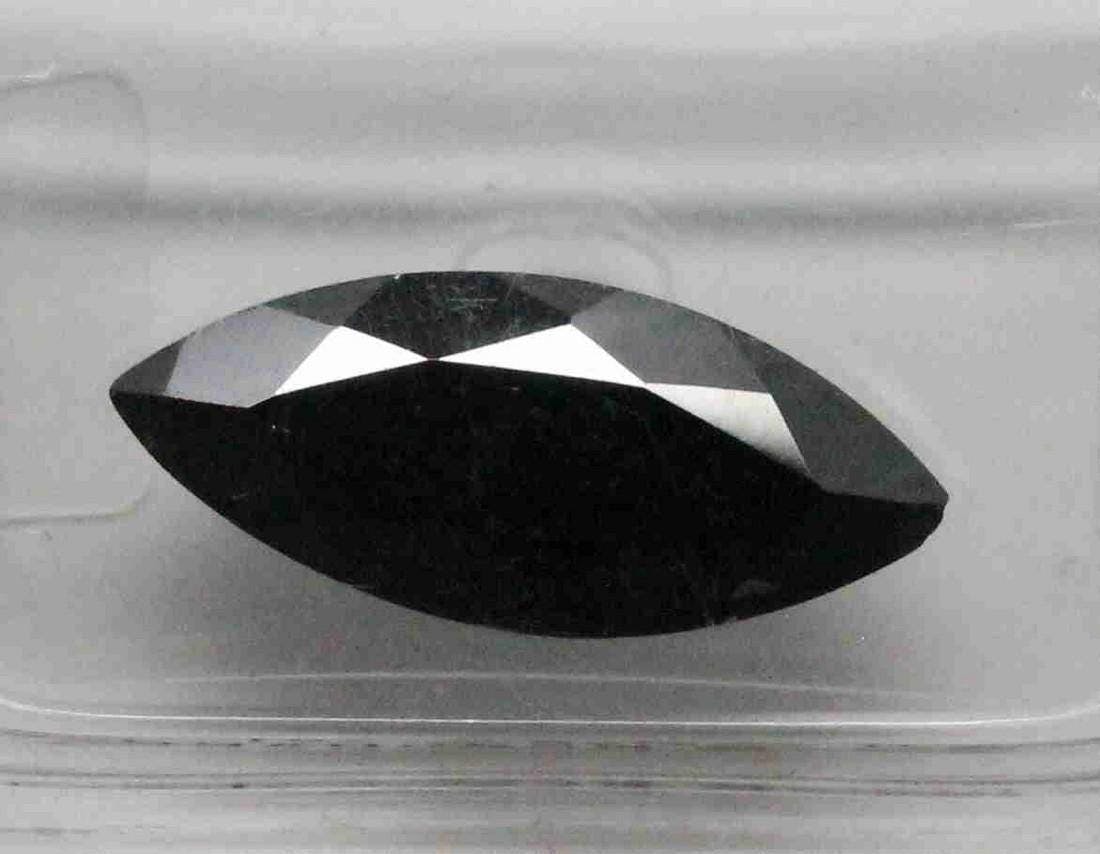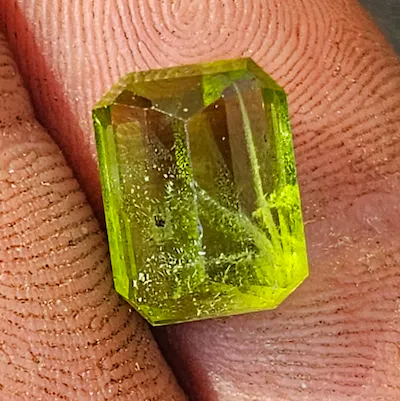News
How to Spot a Fake Diamond: 13 Tests to Determine if a Gem is Real or Not
Want to know if that stunning diamond you’ve been eyeing is the real deal? Look no further! This article will guide you through 13 tests to determine if a gem is genuine or a fake. From thermal conductivity to UV fluorescence, each test is explained in detail, with instructions on how to perform them. It also highlights the importance of consulting with a jeweler or gemological laboratory for professional testing. So whether you’re in the market for a diamond or just curious about gemstones, these tests will help you uncover the truth and make informed decisions when it comes to buying jewelry.
Tests for Thermal Conductivity
Thermal Probe Test
The thermal probe test is used to assess the thermal conductivity of a diamond. A thermal probe with a heated tip is pressed onto the surface of the gemstone and the rate at which heat is transferred is measured. Diamonds have very high thermal conductivity, which means they quickly transfer heat from the probe tip to the rest of the gem. If the gemstone being tested does not conduct heat as efficiently, it may not be a real diamond.
Fog Test
The fog test is a simple and quick way to determine if a diamond is real. Simply breathe onto the gem, creating a layer of condensation. If the condensation quickly disappears, leaving no trace, it is likely a real diamond. Diamonds have high thermal conductivity, which causes the fog to disperse rapidly. On the other hand, other gemstones or imitations may not disperse the fog as quickly, indicating that they are not genuine diamonds.
Tests for Optical Properties
Facet Doubling Test
The facet doubling test is a test that examines the optical properties of a diamond. When you look through a real diamond, you may notice mirrored or doubled facets. This phenomenon is caused by the way light reflects inside the diamond. If a gemstone does not exhibit this facet doubling effect when viewed under magnification, it is likely not a genuine diamond.
UV Fluorescence Test
A UV fluorescence test involves using ultraviolet light to examine a diamond’s optical properties. When exposed to UV light, a real diamond usually exhibits a blue fluorescence. This blue glow is caused by the presence of certain impurities in the diamond’s crystal structure. If the gemstone being tested does not fluoresce under UV light or exhibits a different color fluorescence, it may not be a real diamond.
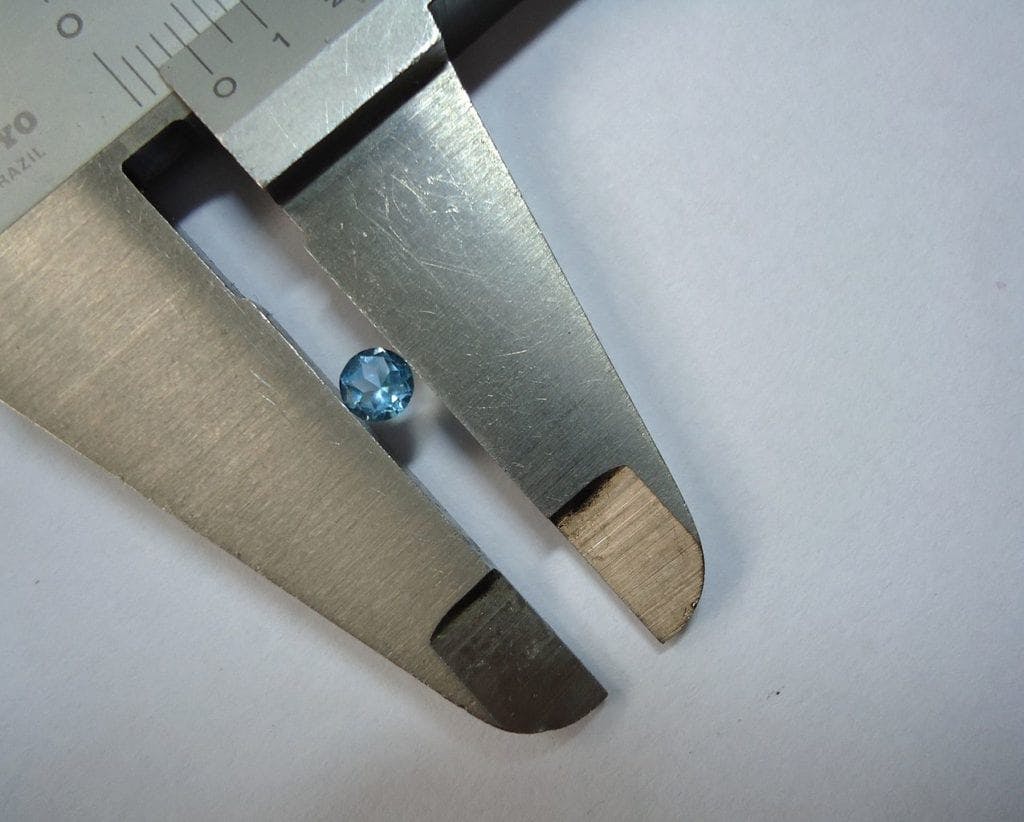
Tests for Hardness
Scratch Test
The scratch test is a widely recognized method for assessing the hardness of a gemstone. Diamonds are the hardest known natural substance, scoring a perfect 10 on the Mohs hardness scale. To perform this test, use a real diamond or a material with a known hardness, such as a corundum, to try to scratch the gem. If the gemstone is easily scratched or shows signs of damage, it is unlikely to be a real diamond.
Glass Test
The glass test is a simple way to quickly assess the hardness of a gemstone. Place the gemstone against a piece of glass and rub it back and forth. If the gemstone leaves a visible scratch on the glass, it is likely a real diamond. However, if there is no scratch or only a faint mark, it may be an imitation or a less durable gemstone.
Tests for Refractivity
Rainbow Test
The rainbow test is a classic test to determine the refractivity of a diamond. Hold the gemstone up to a light source and observe any colorful flashes or prisms. Diamonds have a high refractive index, which causes light to bend and reflect within the gem, creating a beautiful display of rainbow colors. If the gemstone does not exhibit this rainbow effect, it may not be a genuine diamond.
Loup Test
The loup test involves using a magnifying loupe to examine the internal features of a gemstone. Look for tiny, pinpoint-like inclusions and other distinctive characteristics within the diamond. Genuine diamonds often have unique internal features, known as “nature’s fingerprints,” which can help confirm their authenticity. If the gemstone lacks these characteristic inclusions or shows signs of being manufactured, it is likely not a real diamond.

Tests for Light Reflection and Dispersion
Sparkle Test
The sparkle test is a visual assessment of a diamond’s brilliance and fire. Place the gemstone under bright light and observe how it reflects and refracts light. Genuine diamonds have exceptional sparkle, reflecting light in a dazzling manner. If the gemstone lacks brilliance or exhibits dullness, it may not be a real diamond.
Fire Test
The fire test involves observing how a diamond disperses white light into spectral colors. Hold the gemstone up to a light source and look for flashes of colored light. Diamonds have high dispersion, meaning they break up white light into a spectrum of colors, creating a mesmerizing display of fire. If the gemstone does not exhibit this dispersion effect, it may not be a genuine diamond.
Tests for Transparency
Opacity Test
The opacity test involves examining how light passes through a gemstone. Place the gemstone on a piece of text or a newspaper and observe if the text is visible through the stone. Diamonds have high transparency, allowing you to easily read through them. If the gemstone is opaque or the text is blurry, it is likely not a real diamond.
Water Test
The water test is a simple test to determine a diamond’s transparency. Fill a glass with water and drop the gemstone into it. A real diamond should sink to the bottom of the glass and be virtually invisible, as it has the same refractive index as water. If the gemstone floats or is easily visible, it may be an imitation or a different type of gemstone.
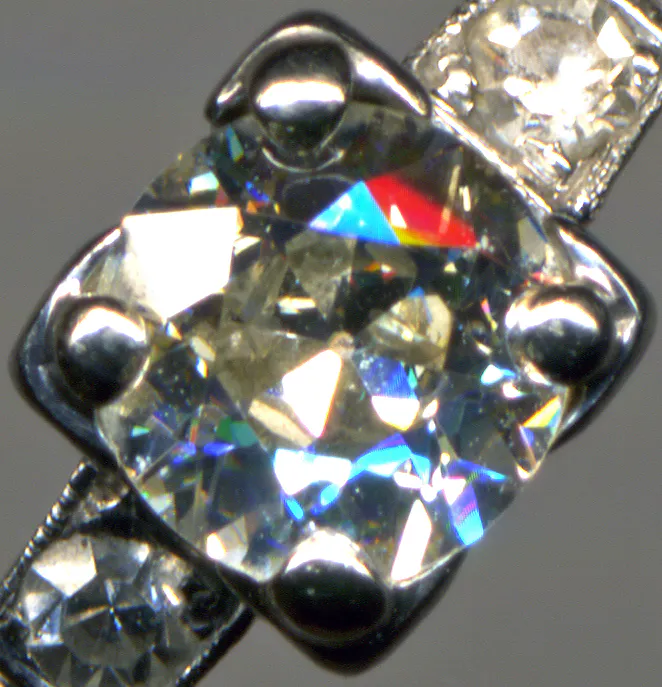
Tests for Clarity
Magnification Test
The magnification test involves using a jeweler’s loupe or a microscope to examine the internal clarity of a diamond. Look for any inclusions, blemishes, or cloudiness within the gem. Genuine diamonds often have a high level of clarity, with minimal or no visible defects. If the gemstone exhibits numerous inclusions or has poor clarity, it may not be a genuine diamond.
Tests for Weight and Size
Weighing Test
The weighing test is a straightforward method to determine the weight of a gemstone. Use a calibrated diamond scale to weigh the gem. Diamonds have a specific weight range, and if the gemstone falls within this range, it is more likely to be a real diamond. However, keep in mind that other gemstones can also vary in weight, so this test should be used in conjunction with other tests.
Measuring Test
The measuring test involves using a millimeter gauge to measure the dimensions of a gemstone. Genuine diamonds have certain size ranges and proportions, known as the “four Cs.” If the gemstone’s measurements fall within these established ranges, it increases the likelihood that it is a real diamond. Again, it is crucial to use this test in combination with other tests for a more accurate assessment.
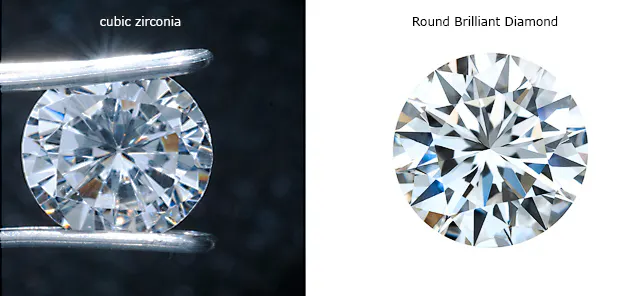
Tests for Metal Markings
Hallmark Test
The hallmark test is specific to diamonds set in metal jewelry. Look for hallmarks or stamps on the metal, indicating the type of metal and its purity. Genuine diamond jewelry is often set in high-quality metals like platinum or gold and is stamped accordingly. If the metal lacks proper hallmarks or shows signs of being of inferior quality, it may not be a genuine diamond.
Stamp Test
The stamp test involves inspecting the engraving inside the metal band of a diamond ring. Genuine diamond rings often have the diamond’s carat weight and other identifying information engraved inside the band. If the ring lacks this engraving or the information provided does not match with a reputable diamond grading report, it may not be a real diamond.
Tips for Diamond Shopping
Buying from Reputable Dealers
When shopping for diamonds, it is essential to buy from reputable dealers. Look for jewelers who have established reputations and positive customer reviews. Reputable dealers often offer a wide selection of certified diamonds and have stringent quality control measures in place. Purchasing from a reliable source increases the chances of buying a genuine diamond.
Asking for a Grade Report
When purchasing a diamond, always ask for a grade report from a recognized gem laboratory. These reports provide detailed information about the diamond’s characteristics, including its cut, color, clarity, and carat weight. Reputable dealers often provide grade reports with their diamonds, ensuring transparency and confidence in the purchase. Be wary of sellers who cannot provide a valid grade report.
In conclusion, determining whether a gemstone is a real diamond requires careful examination and testing. While there are various tests available, it is advisable to take the gem to a jeweler or gemological laboratory for professional testing to obtain an accurate and definitive result. Familiarizing yourself with the 13 tests mentioned in this article will help you in identifying possible characteristics of a real diamond and distinguishing it from imitations or other gemstones. Remember, when in doubt, always seek the expertise of a professional to ensure you are purchasing an authentic diamond. Happy diamond shopping!
